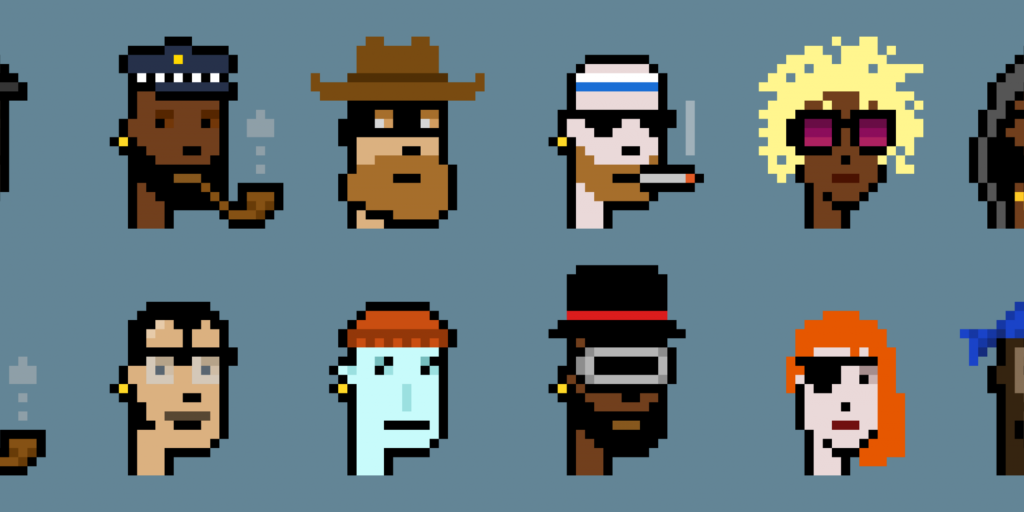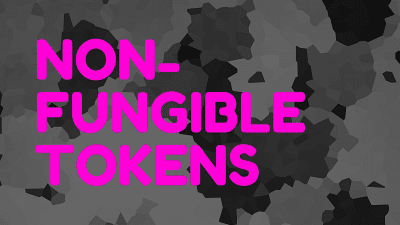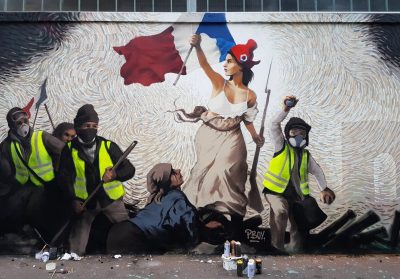Guide to CryptoPunks: Are They “Digital Antiques”
CryptoPunks are collectible ERC-721 tokens hosted on the Ethereum Blockchain and stimulated the “profile picture” NFT movement. CryptoPunks was among the first NFT collections from Larva Labs and laid the groundwork for upcoming NFT projects. What is a CryptoPunk? A CryptoPunk is a 24*24 pixel, 8-bit, punky-looking NFT art image. CryptoPunks are algorithmically generated and …
Guide to CryptoPunks: Are They “Digital Antiques” Read More »


